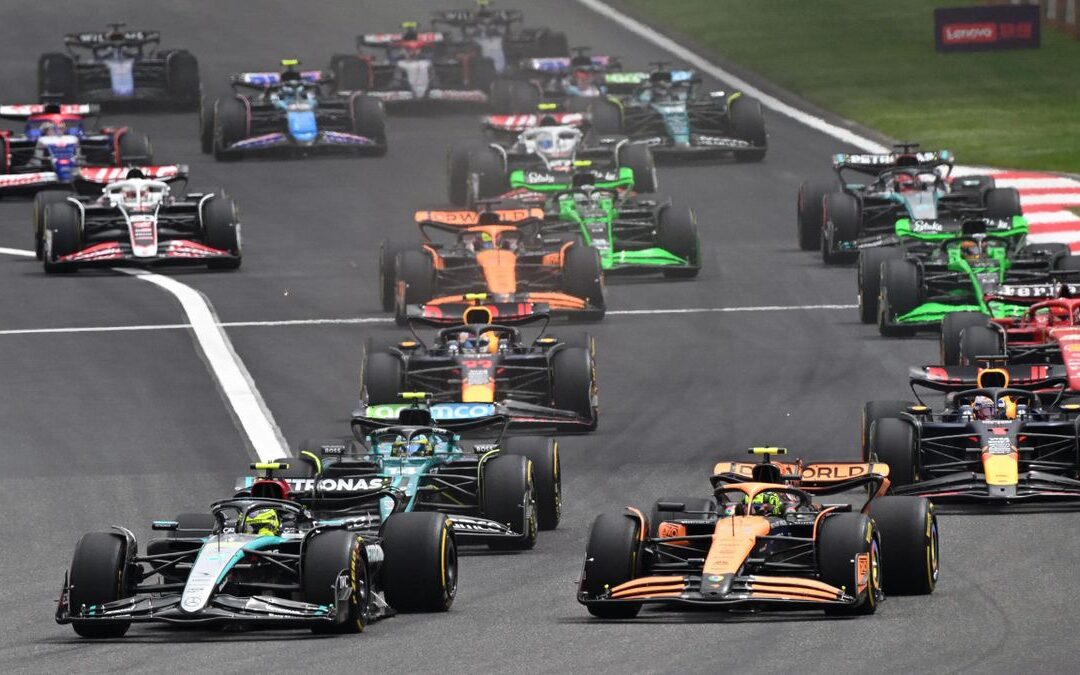While the employees at Maranello await an announcement on their future, following Binotto’s departure (just before Christmas) from Ferrari, who will still take part in the FIA’s WMSC tomorrow at Bologna, everyone is still working hard on the Project 675 in order to improve their 2022 package. The F1-75 brought twelve poles and five fastest laps, deserving the second place in the Constructors’ Championship thanks to its competitiveness. What should we expect from the 2023 challenger? In Mattia Binotto’s words after Abu Dhabi: “We have to focus on making the car faster and more reliable. These are the keys to fight at the top for the entire season.” Many questions have been asked on whether the aero concept will change. “We won’t copy anyone. The F1-75 is a great starting point. We will stay loyal to our concept, and try to improve performance in every area”, Binotto confirmed that the idea is not to throw away this year’s work, especially in the upper half of the car, where Maranello spent a lot of their resources going into 2022.
Ferrari 675: chassis and suspension choices have been settled, now onto the new aerodynamics
The design of the 2023 car has already been decided in most aspects. The mechanical side and chassis totally, while the work on the aero side is in progress, in order to extract everything from the concept. Aerodynamicists received the 2023 spec cooling parts and can now work on the sidepods, air box and engine hood. This is an important area because engineers at Maranello are sure that they can increase the efficient downforce coming from this area.
Not much in the higher section of the car, where Ferrari utilises a unique concept compared to every other team, thanks to a Power Unit that was designed specifically for these shape, in particular the central section of the car if we were to cut it into three horizontal areas. The Italian team specifically wanted to clear most of the space above and behind the engine. It isn’t a coincidence that the F1-75 was the car that used the largest fin above the engine cover compared to other cars, matched with a triangular airbox that worked in symbiosis and allowed a thinner higher part of the car, in a clean and efficient manner. For this reason, Ferrari invested a large part of their development on rear wings without ever changing the front wing. Viceversa, on next year’s car the plan is to spend more budget and resources on the front wing and endplates, in a quest to find more efficiency.

Although it isn’t a secret that the hidden areas — especially underneath the floor — will be the crucial ones, especially due to the changes in the 2023 technical regulations that affected the design significantly. Next season the floor edges will be raised by 15 millimetres while the diffuser throat will be raised by 10mm. The latter change will reduce the importance of downforce generated by the diffuser but will postpone the trigger point of the porpoising effect, allowing teams to concentrate on the flexibility of the floor edge (raised by 15mm). During the 2022 season, teams had to strengthen that area after realising that it could affect the rearward airflow, therefore causing the much discussed porpoising effect; with new regulations the floor edges can be ‘lightened’ also in order to seal the same flow, acting in similar fashion to the skirts that we saw in the 1980’s. In this way most of the downforce lost on paper, due to the new regulations, will be recovered.
The F1-75 was designed to exploit different load options thanks to a very stable floor. The upgrade brought for the French Grand Prix was a step forwards, as it aimed for more efficiency which was the trait that the “Rossa” was lacking most trying to copy some solutions seen on the RB18’s floor. This step forwards also brought more instability in the floor and consequently more aerodynamic instability, which was then solved with the floor brought in Japan. On the other hand the TD039 surely put the engineers from Maranello in a difficult spot on the mechanical side of the F1-75 which will be worked on for next year.
Power Unit 2023: complicated second part of 2022, but full attack next year
When Binotto talked about better reliability needed to fight until the end of the season, clearly he was referring to the Power Unit. The 2022 championship was affected by a few crucial setbacks due to reliability. The engineers led by Enrico Gualtieri were asked to make a big leap in horsepower this time last year before the engine freeze, which allows the teams to update only the reliability of the units. The mission was accomplished and the beginning of the year seemed to pay off more than expected. A number of failures one after the other cut out certain ambitions. The introduction of the Spec 2 engine, strengthened in the base, should’ve guaranteed a reduced performance degradation, instead stiffness issues became more of a factor because of the extra weight needed to reinforce the component. This caused indirect failures that weren’t easily identified in the short term, also due to vibration problems, that were solved after the summer thanks to a significant power reduction, as the now ex-Team Principal admitted after the season.

With consent from Binotto, Gualtieri’s engineers didn’t force a short term solution but concentrated on producing new parts aimed at a definitive fix to these issues come the new season. Since teams can no longer rely on a large number of engine updates, they must take into account the lengthy approval process of the FIA, as well as the number of reliability updates granted, which are not infinite.
An important performance limitation in the second part of the 2022 season, in order to be able to make definitive changes and take an advantage in 2023 with a more significant increase in horsepower than what could have been unlocked in these past few months. Therefore, the words of Gunther Steiner who, after a conversation with Binotto, described his future power unit as “a bomb” (in Italian, translatable to something very strong, powerful) should come as no surprise. Especially because in order to fight against Adrian Newey and the Mercedes organization, Maranello know that they have to have a lot of power available from their units.
Author: Giuliano Duchessa e Piergiuseppe Donadoni
Translation: Andrea Vergani









